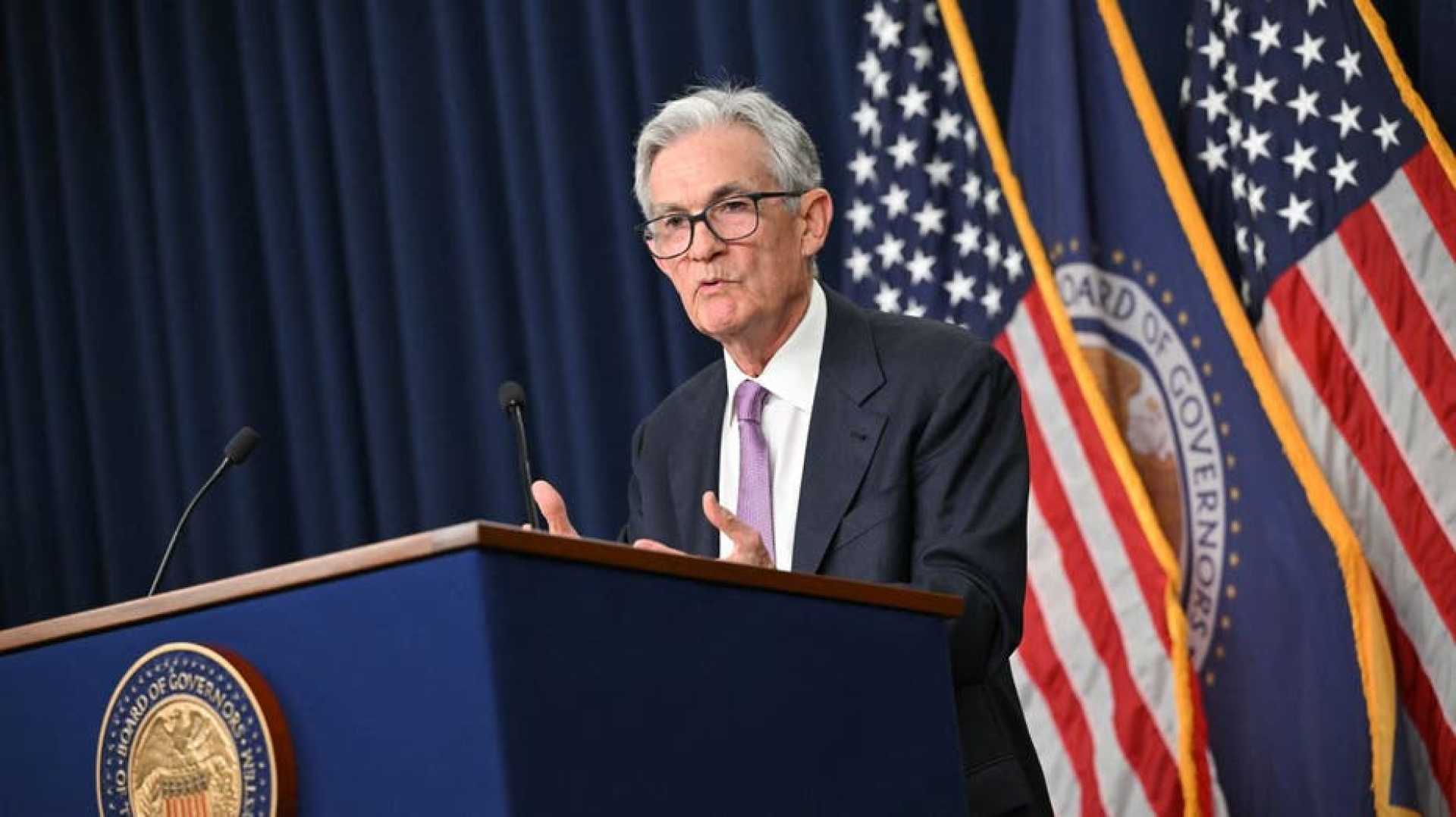News
Federal Reserve Poised to Initiate Interest Rate Reductions Amid Economic Concerns

On Wednesday, the United States Federal Reserve is expected to lower interest rates for the first time in more than four years. This decision marks a reversal of the restrictive monetary conditions previously aimed at controlling inflation. However, the extent of the rate cut—whether a half-percentage-point or a smaller reduction—remains undecided. This decision comes just two months ahead of what is anticipated to be a tightly contested presidential election.
The interest rate market reflects the uncertainty surrounding this decision, with investors divided between betting on a quarter or half-percentage-point reduction. A significant rate cut would indicate a strong commitment to prolonging economic growth and job creation. This aligns with the priorities recently expressed by Fed Chair Jerome Powell, who emphasized maintaining employment growth as inflation approaches the central bank’s target of 2%.
Recent economic indicators, such as a decrease in inflation from high pandemic-era levels, better-than-expected retail sales and industrial production figures, and the Atlanta Fed‘s model showing a 3% economic expansion rate in Q3, add complexity to the decision. The economy, though slowing, does not currently appear to be under significant threat, influencing the Fed’s approach.
Notable economist Diane Swonk commented that without more certainty, adopting a 50-basis-point cut might be unlikely due to potential lack of support within the Federal Reserve. Despite this, some analysts argue that a stronger cut could reassure markets that the Fed is committed to supporting continued growth and is not falling behind current economic challenges.
Regardless of the exact rate cut chosen, the strategic shift from restrictive policy is expected to yield lower borrowing costs across various products, such as credit cards and corporate bonds. Anticipation of this policy shift is already lowering certain credit product rates.
Chair Powell’s remarks, expected shortly after the decision, will be closely watched for insights into future monetary policy direction, especially regarding inflation and employment. The Fed’s decision is scheduled alongside updated economic forecasts, indicating expected adjustments in rates, inflation, unemployment, and growth projections over the coming years.
The current benchmark interest rate range of 5.25%-5.50% has been sustained for 14 months, a duration comparable to previous stabilization periods. The outcome of the decision and Chair Powell’s subsequent address could influence public perception of economic conditions as the country approaches election season, focusing on key issues such as housing and food costs.
The U.S. economy has generally performed better than expected in recent times, despite facing inflation driven by various factors including supply shortages and significant spending after the pandemic. With inflation nearing the Fed’s target, a gradual decrease is anticipated moving through the remainder of this year and into next year, setting the stage for the Fed’s anticipated policy shift.












